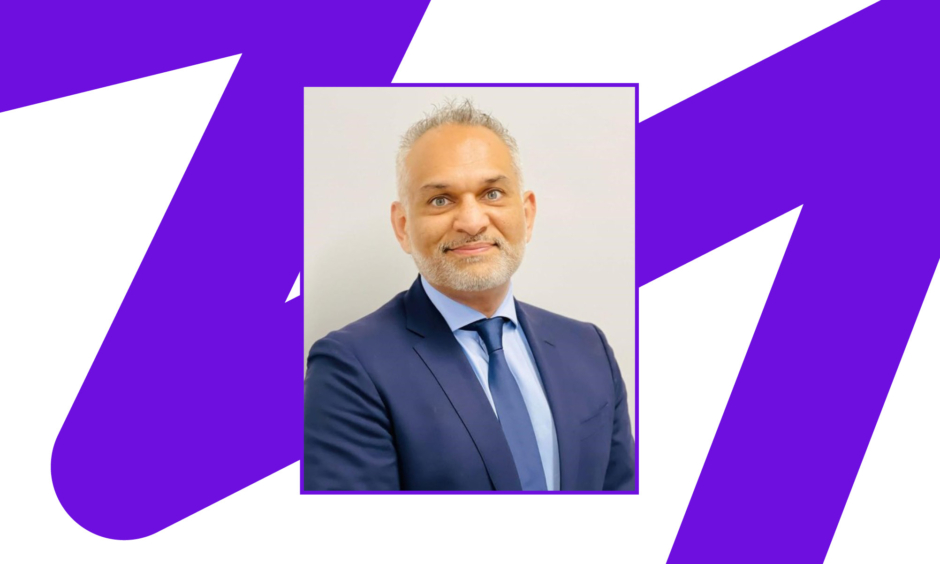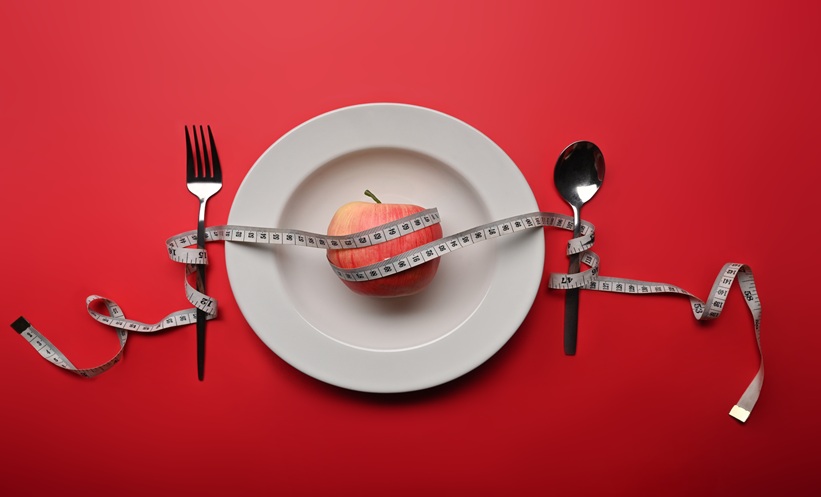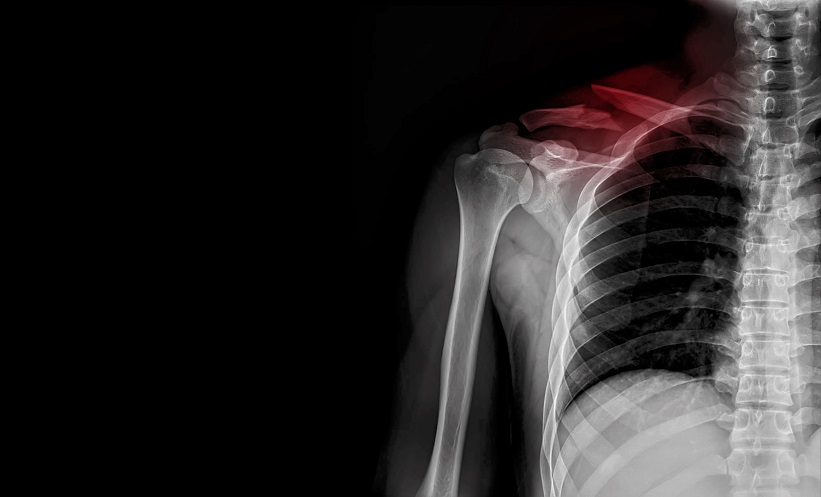Imran Ahmad | Consultant Anaesthetist and Deputy Clinical Director for Theatres, Anaesthetics and Peri-operative Medicine, Guy’s and St Thomas’ NHS Foundation Trust, UK; President, Difficult Airway Society (DAS); Honorary Clinical Lecturer, King’s College London, UK
Citation: EMJ. 2023; DOI/10.33590/emj/10303038. https://doi.org/10.33590/emj/10303038.
![]()
Since your appointment at Guy’s and St Thomas’ NHS Foundation Trust, what has been your proudest achievement?
First of all was being appointed in the first place. I did all my training in Oxford, being from London originally, and I wanted to work in a major London teaching hospital. Having a lot of connections and contacts within Guy’s and St Thomas’ NHS Foundation Trust, it was always somewhere that I really wanted to work. I tried as an A&E doctor many years ago, but wasn’t offered a post; however, after I finished my anaesthetic training, this was the first place I tried to work. When applying for a consultant job, the interview needs to be within 6 months of your certificate of completion of training date, and I realised very late on that I was actually eligible for the job advertised, so I almost missed the deadline! Honestly, I was so happy and proud to be offered a job there.
While I’ve been here, I have gradually increased my roles and responsibilities. The biggest involvement I have now is with difficult airway management, becoming the airway lead, and over the years training about 30 consultants to become airway experts. We are now recognised as one of the best training centres in the world. I’m also the President of the Difficult Airway Society (DAS) on the back of this work; we have quite a large presence nationally and internationally, and are well known for writing national airway guidelines, many of which I have been involved in developing.
Finally, I think it’s the work I’ve done as a Deputy Clinical Director. During the first wave of the pandemic, I set up the Mobile Emergency Response Intubation Team (MERIT) to manage critical care. We progressed to developing the high-intensity theatre (HIT) lists. This has been a really big achievement because it’s something that has not only done well locally, but also regionally, and we are now looking at it hopefully becoming a national program.
What was the goal you set out to achieve when you designed the HIT lists? Is it true the idea was inspired by Formula 1 motor-racing pit stops?
It all started with me thinking about it whilst on my bike on a Saturday morning in February 2022. When you think about elite teams, they are very good at doing what they do very quickly and efficiently, and the best example I can give is a Formula 1 pit crew. By chance, I have actually anaesthetised quite a few crew members over the years with their injuries, and speaking to quite a few of them I learnt how they work and train. They have a group of individuals who work well as a team by being very good individually, and then practising so they are also very good collectively. We used this as the basis of our intubation teams, trying to get the best people managing the sickest patients, where quite often it can be the trainees on the front line.
During the early stages of the pandemic, we were unfamiliar with working whilst wearing personal protective equipment (PPE) and had to quickly get used to working in these conditions in high pressure situations. We were also unsure of the risks to healthcare workers themselves, but the teams were brilliant; we saved many lives because of where we are geographically. We received a huge number of patients in a very short time frame at the beginning of the pandemic. Using the same principle, I thought, “Why can’t we do the same thing with the next problem?”, which is surgical backlog and improving theatre list efficiency. “Why can’t we create teams that deal with the backlog very efficiently?”
Focusing on a specialty, urology, for example, you get all the individuals together, making sure everyone knows their roles with multiple planning meetings. Then running the HIT list itself, which is an execution of all our planning and preparation. The other analogy we use is a football team; you see them playing a match for 90 minutes, and you see the end result. But actually, there’s training, tactics, discussion, and so much other preparation work happening in the background which we don’t see, all done to deliver on the matchday.
What are some of the challenges you have encountered and had to overcome in rolling out the HIT list initiative? Are there any exclusive to urological procedures?
The biggest challenge is that you’re working in a different way to convention. Normally, you have an operating list and a theatre team; the patients are allocated to the list and they are prepared for surgery, having seen the surgeons and anaesthetists. On a normal, high-turnaround list a surgeon could spend as little as 30% of the day actually operating, the rest of the time they are waiting for the patient to come into theatre. HIT lists are a completely different but efficient way of working; you involve everybody that contributes to a patient’s pathway regularly and meet to plan a list, using more staff than normal and two theatres. This way you can minimise surgeons non-operative time and increase their opearative time to 90% of the day.
Any time you want to change culture within the NHS, it’s a real challenge. When I first came up with the idea, I had to really convince people that this was the right thing to do, and that it was something that would work. The biggest challenge was to get it started, and then to overcome sceptics in the form of managers, surgeons, anaesthetists and nursing teams. A lot of people thought, “this is never going to work”, or “it’s not safe”, or “it’s too expensive”.
But the more we have done, the more buy we have gained. At first, it was going to be quick, high-turnaround cases like cystoscopies and circumcisions, where you can do 20 or 30 cases in a day. But, as time has gone on, we have expanded to more complex, longer operations, like robotic prostatectomy and Aquablation therapy. The more we have done, the more other surgeons have seen this and said, “If you can do it for them, can you do it for us?” Off the back of our urology HIT list, I’ve had a head and neck surgeon approach me, so now we are planning one involving cochlear implants where we plan to operate on 10-12 patients in one day, where they normally do eight in a month.
So, from quick and easy hernias and circumcisions, we have now progressed to doing those, as well as more complicated operations. Trying to roll things out and scale things up is our next challenge.
How do you see practice changing specifically for urologists in the near future? Should they expect to become more and more familiar with overlapping surgeries?
One thing to note is that overlapping surgery is not a new concept. I’m not saying we’ve invented something new, it’s just that we do it very differently. I think it’s absolutely possible that this could become business as usual.
In terms of changing practice, when there is a HIT list scheduled, surgeons have begun allocating patients specifically to this ahead of time. The HIT lists are performed on top of what is already happening in a usual week for a surgeon. This might shift a month’s worth of operating to 1 day. Once a HIT list is scheduled, in 6 weeks, for example, surgeons can begin to allocate patients to this. Or, if they have a large waiting list, they will carry on with their weekly work and take out 20 or 30 patients in one go on a scheduled HIT list.
So there are multiple ways to utilise HIT lists, and I do think it will change practice if we can incorporate them as a more regular occurrence. We are hoping to do these more regularly in high-volume, low-complexity centres, such as the centre being built in Lewisham, South of London in the UK. We’re working towards conducting a week’s worth of HIT lists, covering a month’s worth of operating on each list, on top of what is already happening.
Procedures like robot-assisted prostatectomies currently have long waiting lists. Does the use of innovative technology in surgery and artificial intelligence (AI) in research complement the enrolment of HIT lists? If so, how?
What’s interesting is, if you look at the average console time surgeons spend conducting surgery, say a robotic prostatectomy, its normally up to 2 hours. Looking at the data from our recent HIT list with similar cases, the console time was exactly the same, between 90–120 minutes. The only difference was that we managed to eliminate all the non-operative times to zero; the operative time itself is exactly the same, there is no additional stress on the surgeons, and a procedure still takes as long as it takes.
Can technology help with this? Absolutely. In terms of planning, AI can be used to select the right patients, and have them pre-assessed remotely. On the day, technology can be harnessed to help things run smoothly, and then post-operatively too, in terms of collecting data and analysing this to help us improve our processes. Doing this across multiple hospitals and multiple sites allows improvement and learning from each other through comparison of this data; for example, why turnaround times for certain cases were longer.








